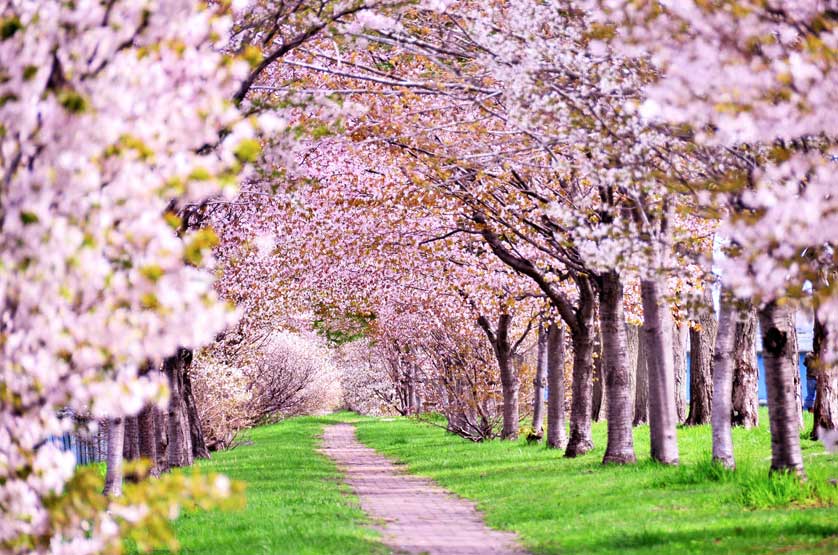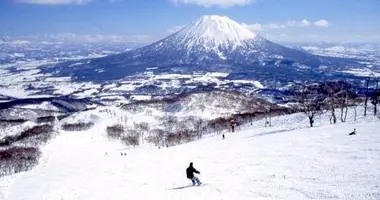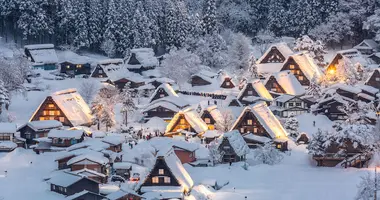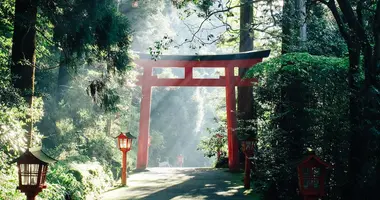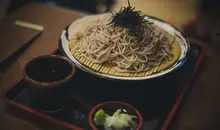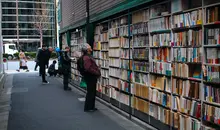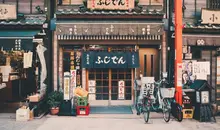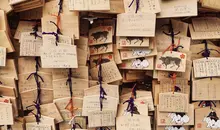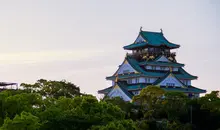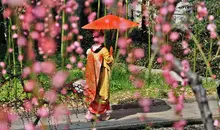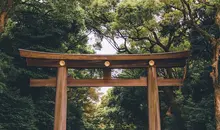The Four Seasons of Japan: A Traveler's Guide
- Published on : 25/01/2024
- by : Japan Experience
- Youtube
Japan is known for its distinct four seasons, each offering unique experiences and attractions for visitors. Understanding the climate and weather patterns is key to planning the perfect trip, as conditions vary greatly across the country's regions. This guide will cover what to expect, where to go, and what to do during each season in Japan.
Spring (March to May): Cherry Blossoms and Mild Weather
Spring in Japan is characterized by mild temperatures, averaging around 13°C (55°F) in March, 18.5°C (65°F) in April, and 23°C (73°F) in May for Tokyo. The arrival of the iconic cherry blossoms is the highlight of the season, with peak bloom typically occurring in late March to early April. Popular spots for cherry blossom viewing in Japan include top locations in Tokyo like Ueno Park and Shinjuku Gyoen, as well as best spots in Kyoto such as Maruyama Park and the Philosopher's Path.
Other spring highlights include vibrant gardens and parks coming to life, pleasant weather for outdoor activities, and various festivals. In Washington D.C., the National Cherry Blossom Festival celebrates the 1912 gift of cherry trees from Japan.
Summer (June to August): Festivals, Fireworks, and Fun in the Sun
Japanese summers are known for high heat and humidity, with temperatures often exceeding 30°C (86°F). June marks the start of the rainy season, lasting until mid-July. Despite the weather, summer is a time for outdoor dining, fireworks displays, and lively festivals like Obon and Tanabata.
Escape the heat by visiting Japan's top summer destinations, including beaches, islands like Okinawa, and cooler mountain retreats in the Japan Alps. Unwind at a traditional riverside dining setup called kawadoko in Kyoto, or take a dip in the sea at one of the country's beautiful beaches.
Autumn (September to November): Colorful Foliage and Culinary Delights
Autumn in Japan is a spectacular season, with the landscape transforming into a canvas of vibrant reds, oranges, and golds. The peak time for viewing fall foliage varies by region, typically starting in mid-September in Hokkaido and lasting until early December in southern areas. Some of the best spots for autumn colors include Arashiyama in Kyoto, other top Kyoto locations, and popular autumn leaf viewing spots in Tokyo.
Fall is also a fantastic time to indulge in Japan's seasonal cuisine, featuring ingredients like chestnuts, mushrooms, and sweet potatoes. Enjoy the pleasant weather with outdoor activities and excursions, such as hiking in the colorful mountains or visiting autumn festivals.
Winter (December to February): Snow, Skiing, and Onsen
Japan's winter climate varies significantly by region, with mild temperatures in the south and heavy snowfall in northern and mountainous areas. Hokkaido and the Japan Alps offer world-class skiing and snowboarding, while cities like Tokyo and Kyoto experience occasional snowfall. Winter illuminations and events, like the Sapporo Snow Festival, add a festive atmosphere.
Embrace the chilly weather by soaking in a warm kotatsu or visiting a traditional onsen (hot spring) for a relaxing experience. Some unique winter sights include the yuki-tsuri (ropes supporting snow-laden tree branches) in Kenrokuen Garden and the otherworldly drift ice off the coast of Hokkaido.
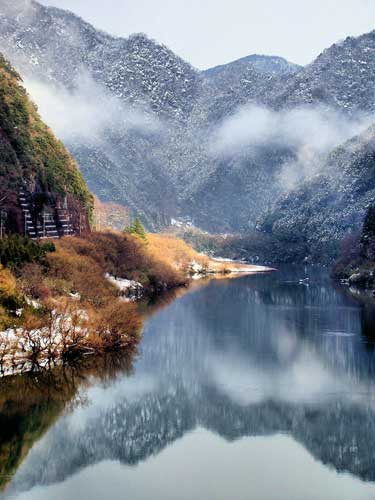
Seasonal Attractions and Experiences by Region
Each region of Japan offers distinct seasonal charms:
- Hokkaido: summer lavender fields, winter snow festivals like the Wakuwaku event
- Tohoku: spring cherry blossoms, autumn foliage, winter snow monsters
- Kanto (Tokyo area): summer fireworks, winter illuminations
- Kansai (Kyoto-Osaka area): spring gardens, fall foliage temples
- Okinawa: year-round beach destination with unique seasonal events
Tips for Traveling in Each Season
No matter when you visit, keep these tips in mind for a comfortable trip:
- Pack appropriate clothing for the season - layers for spring/fall, light breathable items for summer, warm coats for winter
- Book accommodations early during peak travel periods like cherry blossom and fall foliage seasons
- Take advantage of seasonal deals and discounts, especially in low season
- Stay safe and comfortable in extreme weather conditions by following local advice and precautions
Japan's distinct seasons each offer a wealth of experiences for travelers. By understanding the climate, attractions, and events of each season, you can plan an unforgettable journey that showcases the best of the country's natural beauty, culture, and traditions. For more information, consult Japanese weather news and consider picking up some helpful books on Japan to further enhance your trip.
